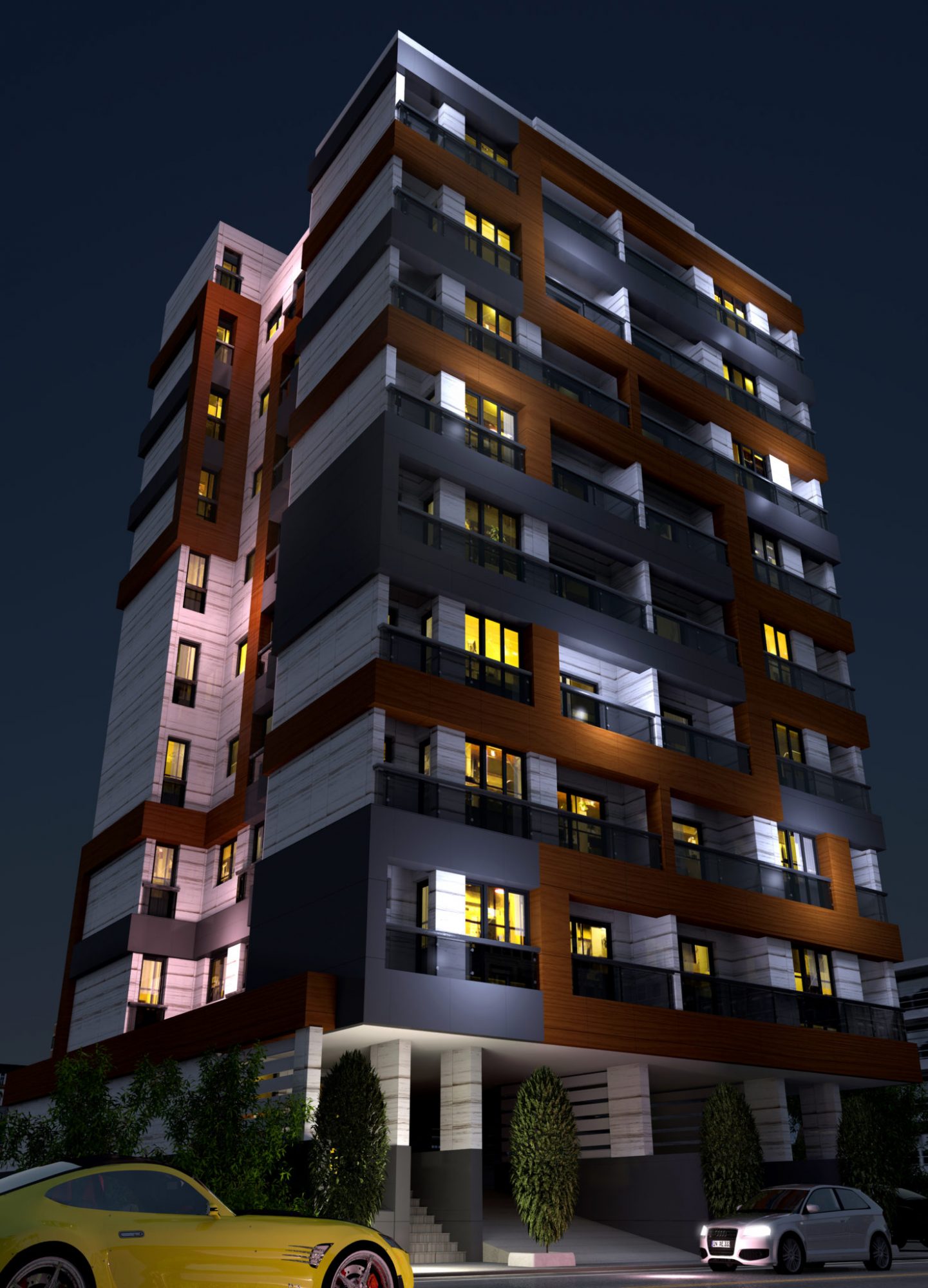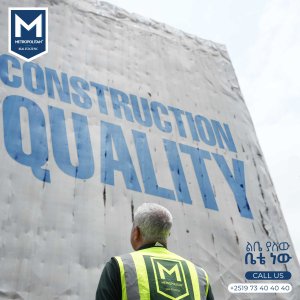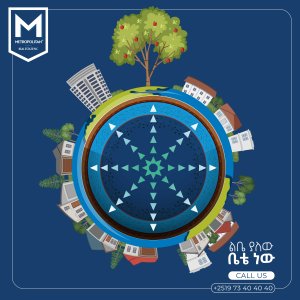Sound Proofing Techniques Controlling noise involves cutting down on noisemakers and reducing the movement of sound from one place to another. Soundproofing techniques employ surfaces that absorb sound vibrations and structures that minimize sound transference.
Materials that help control sound within a room are familiar to most homeowners. If you want to minimize sound bouncing around a room, opt for “soft” materials such as acoustic ceilings and padded carpeting rather than hardwood, tile, or laminates. Sound-blocking curtains are an inexpensive way to minimize outdoor noises and absorb some interior room sounds.
Techniques
Sound Proofing
Windows and doors are made of materials that isolate the room from the outside very well
To save you from the trouble of frequent power outage we have installed a generator. Usually generates in other homes in Addis Ababa make a high noise that distrusts your activities. But our luxury apartment has a separate room for the generator which is fully soundproofed.
Thermal insulation
In general, people living in hot regions want to make their inside atmosphere very cool similarly people living in cold regions want a warmer atmosphere inside. But, we know that the heat transfer takes place from hotter to colder areas. As a result, heat loss happens. To overcome this loss in buildings thermal insulation is provided to maintain the required temperature inside the building. The aim of thermal insulation is to minimize the heat transfer between outside and inside of a building.
Here are some of the techniques commonly used:
1. Slab or Block Insulation
The blocks are made of mineral wool, cork board, cellular glass, and cellular rubber or saw dust etc. These are fixed to the walls and roofs to prevent heat loss and maintains the required temperature. These boards are available in 60cmx120cm (or more area) with 2.5cm thickness.
2. Blanket Insulation
Blanket insulation materials are available in blanket shape or like paper rolls which are directly spread over the wall or ceilings. They are flexible and having a thickness of about 12 to 80mm. these blankets are made of animal hair or cotton or wood fibers etc..
3. Bat Insulating Materials
These are also available as blanket rolls but bat insulating rolls are having more thickness than blanket type materials. These are also spreader over the walls or ceilings.
4. Reflective Sheet Materials
Reflective sheet materials like aluminum sheets, gypsum boards, steel sheet Materials will have more reflectivity and low emissivity. So, these materials are having high heat resistance. The heat gets reduced when solar energy strike and gets reflected. These are fixed outside of the structure to stop the heat entrance into the building.
5. By Proper Height of Ceiling
The heat gets absorbed by the ceiling and emitted downwards that is into the building. But, the point should be noted is, the vertical gradient of radiation intensity is not significant beyond 1 to 1.3 m. it means it can travel up to 1 to 1.3 m downward from the ceiling. So, provision of a ceiling at 1 to 1.3m height from the height of occupant will reduce some heat loss.
6. Orientation of Building
The building orientation with respect to the sun is an important thing. So, the building should be constructed in an orientation in such a way that it shouldn’t subject to more heat losses.




